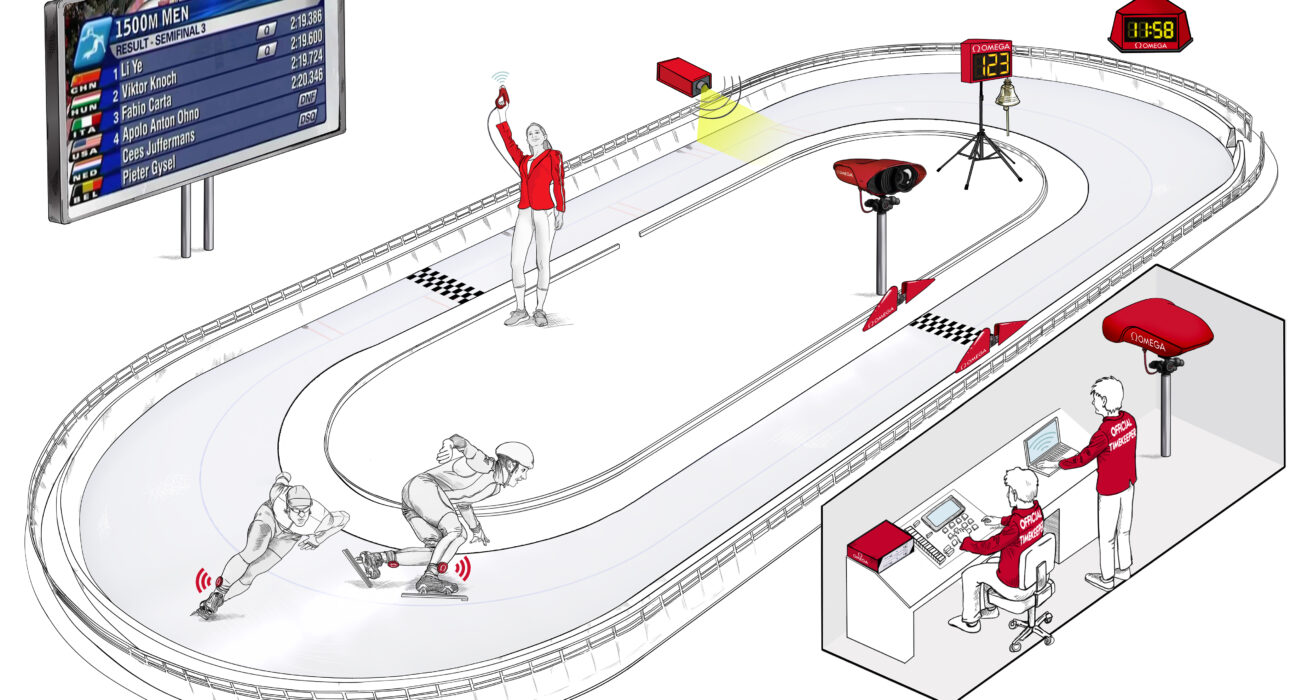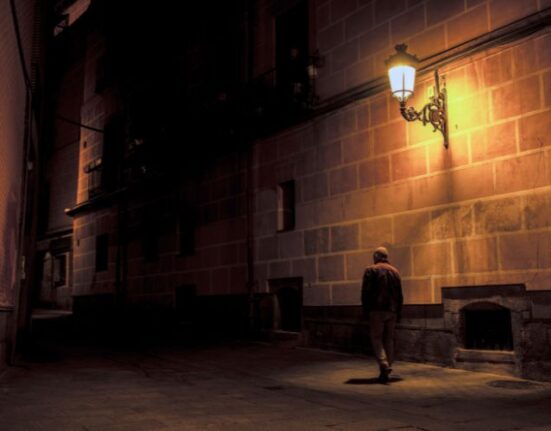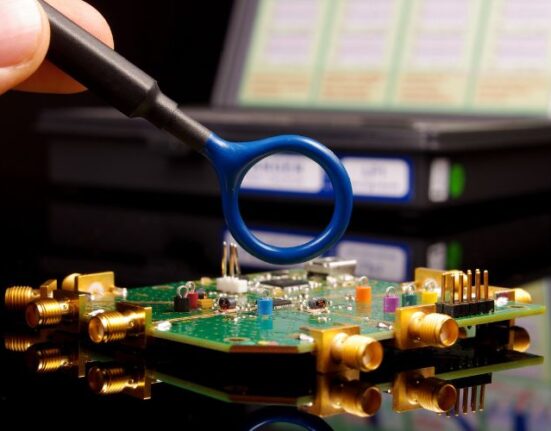To start the race, an official fires the electronic starting gun. When the starter presses the trigger, three things happen immediately and simultaneously: a light flash is emitted, a sound is generated through speakers and a start pulse is transmitted to the timing device. If the trigger is pressed a second time within two seconds, a false start will be audibly signaled.
During the race, a lap counter located near the finish line lets skaters know how many laps remain.
In some events, transponders worn on the ankles of the competitors also transmit information to the timekeepers which provides live data as the race takes place.
A last-lap OMEGA bell is rung when the racers have one lap to go.
Finally, the finish time is always determined when the blade of the competitor’s skate crosses the photocell-beam located on the surface of the ice at the finish line. This time is then projected onto scoreboards within the stadium. In case of disputes, the OMEGA Scan’O’Vision Myria photofinish camera records the action at the finish line at 10,000 digital images per second.
In speed skating, the timekeepers and their technologies face the ultimate challenge: it is timed to the nearest thousandth of a second. To put this in perspective, about a thousand of these tiny increments of time pass in the second or so it takes to say “Olympic speed skating”.

















